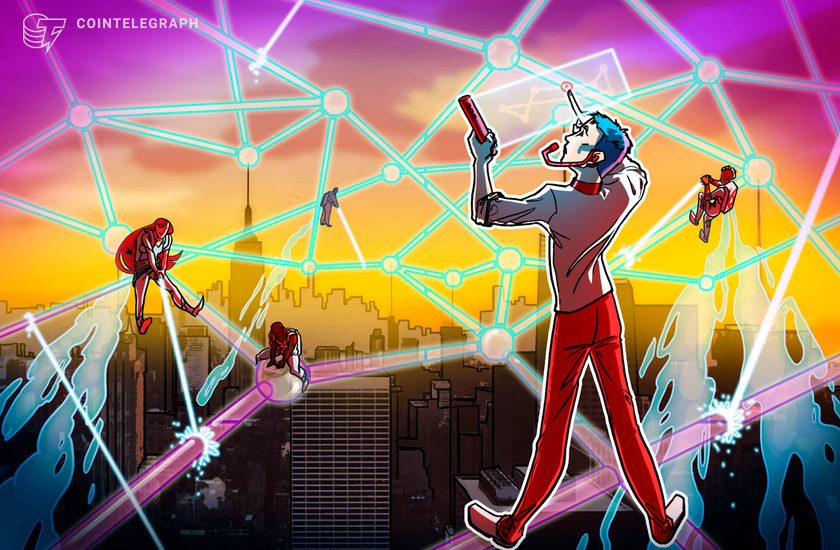- April 8, 2022
- Posted by: admin
- Category: BitCoin, Blockchain, Cryptocurrency, Investments


ASTRO price rallied to a new all-time high after the launch of xASTRO staking and traders’ expectation that the Terra ecosystem will soon wage its own version of the “Curve wars.”
Projects that launch on up-and-coming blockchain networks can often benefit from a low competition environment that allows them to attract new users and liquidity at a faster rate than crowded networks like Ethereum.
A recent example of this is Astroport (ASTRO), an automated market maker (AMM) on the Terra (LUNA) network that has seen an influx of activity alongside the increased attention that is being focused on the Terra ecosystem and its Terra USD (UST) stablecoin. .
Data from CoinGecko shows that since hitting a low of $1.28 on March 7, the price of ASTRO has exploded 194% to hit a new all-time high of $4.80 on April 5.

Three reasons for the price appreciation seen in ASTRO include the increased attention the Terra ecosystem has received related to the recent Bitcoin (BTC) purchases to back UST, the launch of xASTRO staking rewards and a rise in the total value locked on the protocol.
Terra buys Bitcoin as collateral for UST
The rising popularity of the Terra network could be one of the most significant factors helping to attract attention and users to Astroport as the ongoing purchase of BTC by the Luna Foundation Guard (LFG) for the purpose of providing collateral to back UST is shining a light on the networks decentralized finance ecosystem.
$UST with $10B+ in $BTC reserves will open a new monetary era of the Bitcoin standard.
P2P electronic cash that is easier to spend and more attractive to hold #btc
— Do Kwon (@stablekwon) March 14, 2022
UST is now the largest decentralized stablecoin by circulating supply and following the addition of BTC to the LFG treasury, Astroport is the main AMM currently in operation on the network.
Launch of xASTRO
A second development helping to boost demand for ASTRO was the release of xASTRO staking that offers ASTRO holders a way to increase their stack.

ASTRO stakers can currently earn an APY of 48.77% for staking their tokens on the protocol and 0.1% of all trading fees on Astroport are distributed to ASTRO stakers. More than 65% of the available supply of ASTRO is currently being staked on the protocol which helps put positive pressure on the price of ASTRO due to a reduced circulating supply amid the increasing demand.
Along with a high APY and fee share, ASTRO stakers receive xASTRO in return. xASTRO is the governance token for the protocol and it allows holders to help contribute to future decisions involving the development of Astroport. ASTRO tokens can be un-staked at any time without a cool-down period.
Related: Biggest future BTC whale explains why Bitcoin was chosen for ‘decentralized Forex reserve’
Terra liquidity wars and a rising TVL
The increased attention on Terra and subsequently Astroport led to an increase in the total value locked on Astroport, which is currently at a record-high $1.71 billion according to data from Defi Llama.

The increase in demand for both ASTRO and UST has given rise to the “Terra liquidity wars,” which are expected to mirror the Curve wars that have been taking place within the stablecoin ecosystem on the Ethereum network.
Similar to the competition for liquidity direction and fees on Curve Finance, DeFi protocol Retrograde is positioning itself as a Convex Finance clone that aims to accumulate xASTRO for the rewards and the ability to influence the emission rates for different Astroport pools.
If the number of protocols looking to accumulate xASTRO increases, more of the circulating supply of ASTRO will be locked and this is likely to place more buy pressure on ASTRO price.
The views and opinions expressed here are solely those of the author and do not necessarily reflect the views of Cointelegraph.com. Every investment and trading move involves risk, you should conduct your own research when making a decision.
